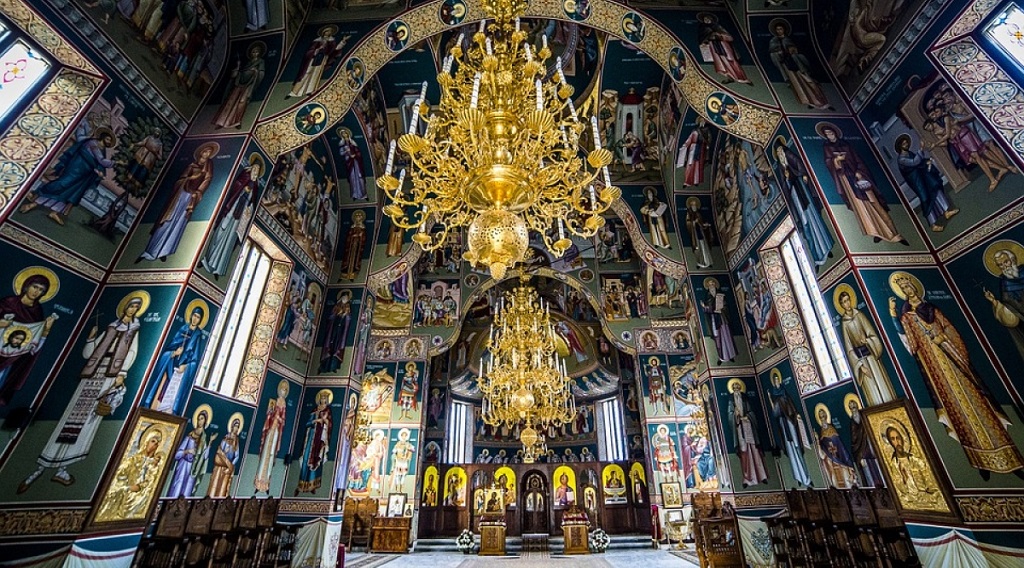Introduction to the Painted Monasteries of Bucovina
The painted monasteries of Bucovina are a group of eight Orthodox churches that date back to the 15th and 16th centuries. The monasteries are known for their exterior and interior walls, which are covered in vivid frescoes depicting biblical scenes. The paintings were done by local artists in the Byzantine style, and they are a remarkable example of the Orthodox tradition and of the Romanian people’s faith.
The monasteries are located in various villages throughout the Suceava County, and each one has its own unique charm. The most famous of the monasteries is the Voronet Monastery, which is often referred to as the “Sistine Chapel of the East” due to its vivid blue exterior frescoes.
History and Architecture of the Monasteries
The painted monasteries of Bucovina were built by the ruling princes of Moldavia in the 15th and 16th centuries. At the time, the region was part of the Ottoman Empire and the monasteries served as both places of worship and as fortifications. The monasteries were built in the traditional Byzantine style, with thick walls and small windows. The painted frescoes were added later, and they were done by local artists in the Byzantine style.
The interior of the monasteries is just as impressive as the exterior. The walls, ceilings, and pillars are covered with vivid frescoes depicting biblical scenes and other religious icons. The frescoes are remarkably well-preserved, and they are a testament to the skill and devotion of the local artists.
Significance of the Monasteries
The painted monasteries of Bucovina are more than just beautiful churches; they are a testament to the deep faith of the Romanian people and a reminder of the country’s turbulent history. The monasteries are a UNESCO World Heritage Site, and they are visited by thousands of tourists each year.
Visiting the Painted Monasteries of Bucovina
The painted monasteries of Bucovina are easily accessible by car or bus from the nearby cities of Suceava and Iasi. The monasteries are open to the public, and there are guided tours available in English and other languages.
The best time to visit the monasteries is from April to October, when the weather is mild and the days are long. The monasteries can get very crowded during peak season, so it is best to plan your visit in advance.
Conclusion
The painted monasteries of Bucovina are some of Romania’s most remarkable cultural treasures. A visit to these ancient churches is an unforgettable experience, one that will stay with you for a lifetime. Whether you’re a history buff, a religious pilgrim, or just an admirer of art and architecture, the painted monasteries of Bucovina are a must-see destination.

